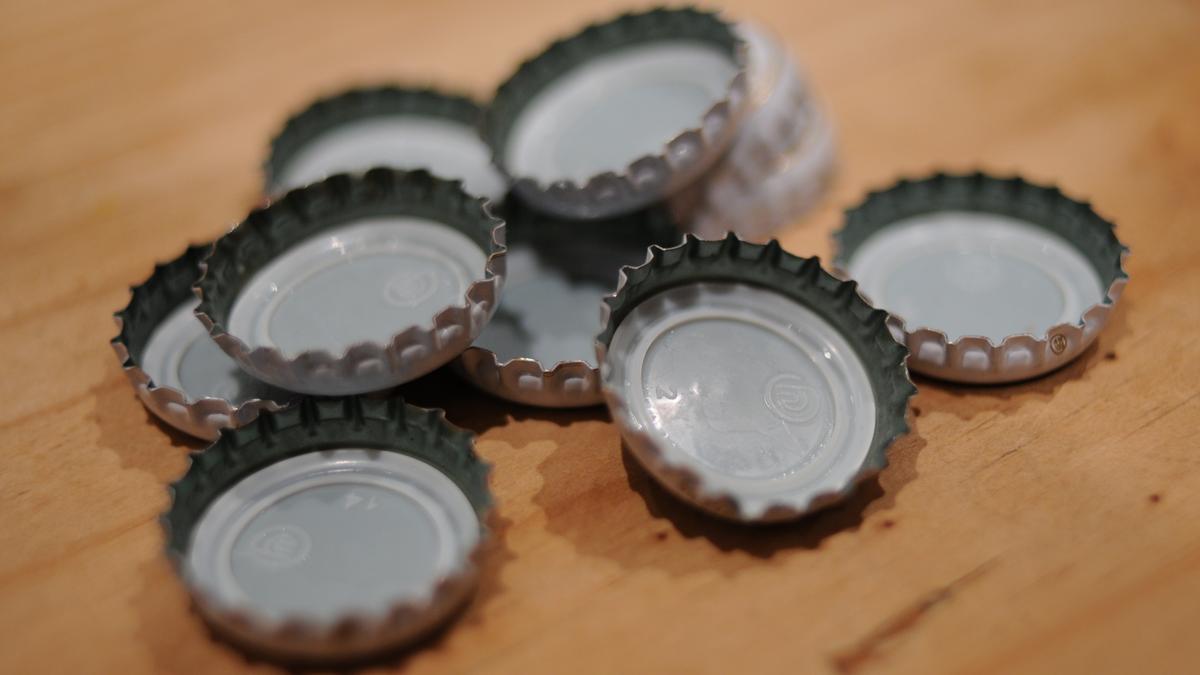
Painter draws up a crown for the bottling industry
The Hindu
The crowning achievement of American inventor William Painter’s career was, well, inventing the now-ubiquitous crown bottle cap. Oh, and not to forget, the bottle cap lifter to open these crowns, or what we simply call the bottle openers. A.S.Ganesh tells you how Painter changed the bottling industry forever…
You’ve seen these crown bottle caps, haven’t you? A type of bottle cap that has almost become indispensable and are found in bottles across the globe, the crown bottle cap, though small, played a big role in revolutionising the bottling industry. American inventor William Painter was the head behind these crowns.
Born in Triadelphia, Maryland in 1838, Painter was a tinkerer throughout his lifetime. By bringing together the ideation of an inventor with an engineer’s mindset, Painter was able to build a number of devices in his lifespan. These included a paper-folding machine, a device to detect currency that was counterfeit, and even a safety ejection seat for passenger trains, among others. None of these, however, were nearly as successful or popular as Painter wanted them to be. That came about in the final quarter of his lifetime, when he was in his 50s!
Even though his inventions weren’t failures, it got him nowhere near the fortune that he thought could be his if he made his mark. Painter increasingly started believing that his best shot at this would be by inventing an object that would be disposable, while at the same time being something that sells in large quantities.
This was in the 1880s, a period of time when carbonated drinks were all the rage. The fizzy, effervescent quality of these beverages – owing to the carbon dioxide they contained – were sought after, but they were the issue as well. Making sure that the drinks retained the bubbly nature even as customers took them home proved to be particularly problematic.
At its core, it was a problem of packaging. The stoppers – the object that fits into the top of the bottle – of the time were usually made of cork, metal, or porcelain, and were fitted as caps of the bottles that were largely made of glass. These caps didn’t afford sufficient protection to retain the carbon dioxide inside, meaning that the bubbly nature was quickly lost. Add to it the fact that when the drink came in contact with some of these materials, it changed the taste of the drink, or worse, made it toxic on occasions. In essence, these caps meant that the shelf life of these drinks were rather short.
Painter found a solution to this problem, thereby revolutionising the bottling industry. What’s more, it fitted into his idea of an object that would be disposed of, but at the same time be made in large quantities. Painter’s idea was a specific type of bottle caps, what he called the crown cork.
Painter came up with a metal lid that had a corrugated end, resembling an inverted crown, giving the bottle cap its name. When pressed around the head of the bottle, it provided a near-perfect closure, which was way better than what was possible during that time. Painter also lined the metal lid with a thin cork disc (these discs are made using a plastic compound currently). He did this not only to improve the seal, but also to protect the drink from going toxic by coming in contact with the metal.

Thomas Jefferson and Abraham Lincoln are two of the greatest presidents that the U.S. has seen. You probably know that already. But did you know that Jefferson made what is considered the first contribution to American vertebrate paleontology? Or that Lincoln is the only U.S. president to receive a patent? What’s more, both their contributions have March 10 in common… 52 years apart. A.S.Ganesh hands you the details…












